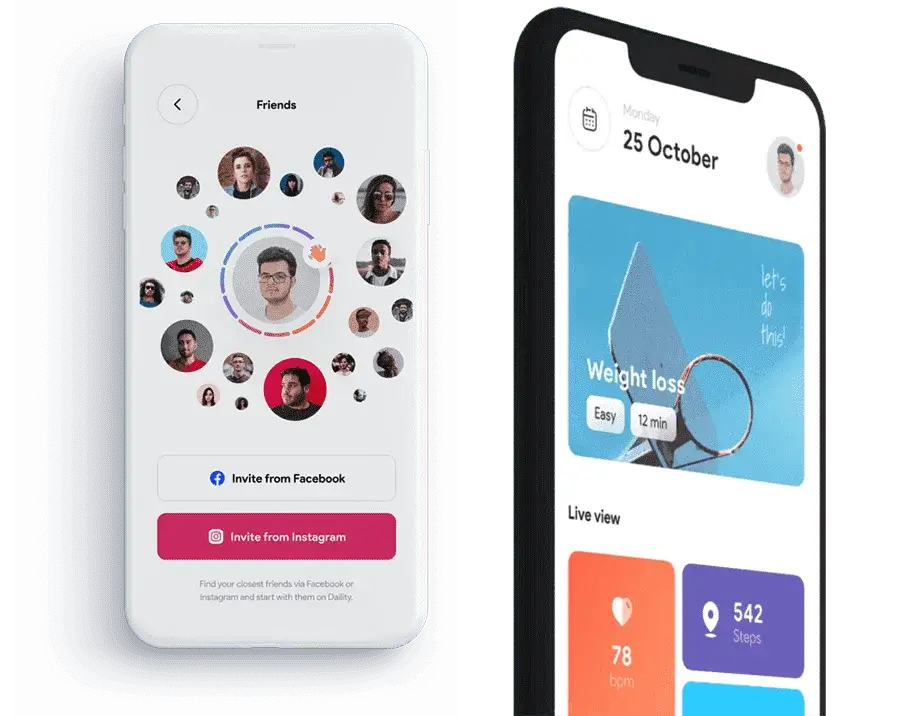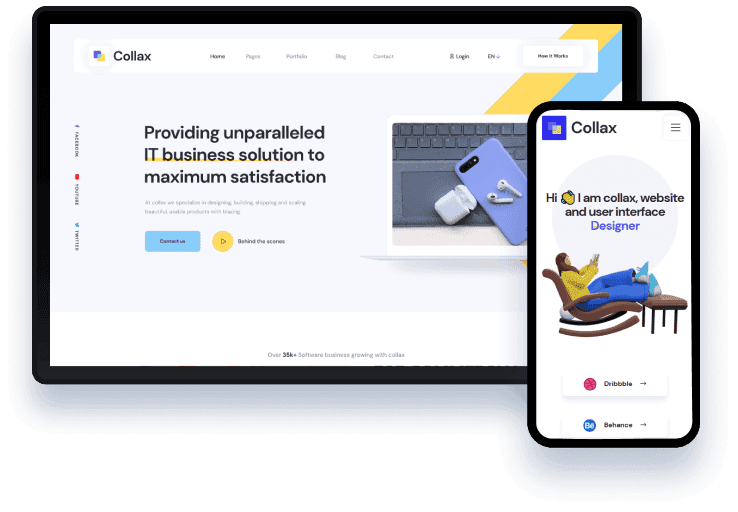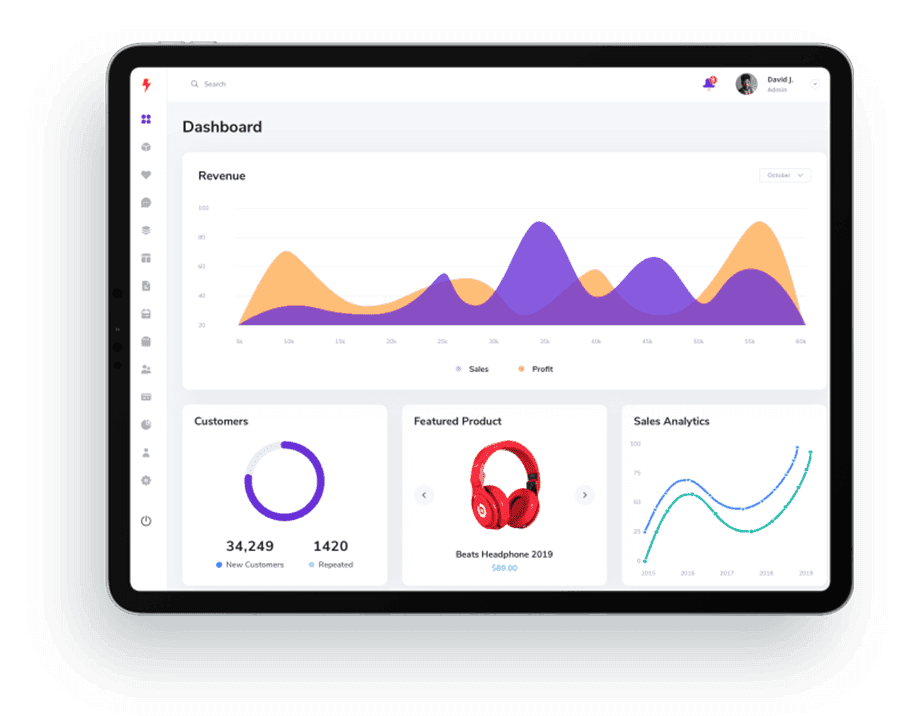Unlocking ROI in Digital Marketing (2025): Beyond the Basics
Digital marketing now dominates the global business landscape, with more than 72% of ad investments flowing to digital channels in 2025—a seismic shift away from traditional media. This surge is driven by the explosive growth of mobile, social media, and video platforms, making digital engagement the centerpiece of modern brand strategy.. Gone are the days when static billboards or TV jingles could define a brand. Now, every click, scroll, and engagement is an opportunity—and every dirham, dollar, or rupee spent on digital channels demands accountability. For sharp marketers, the North Star is clear: maximize ROI, or risk getting lost in the noise.
What Is ROI in Digital Marketing?
Return on investment (ROI) in digital marketing is not just a number—it’s the pulse check that tells whether campaigns are driving true business value. In its simplest form, ROI is calculated as:
ROI = (Revenue−Cost) / Cost × 100
But today’s digital landscape calls for more than basic math. Modern ROI measures growth, customer value, efficiency, and even brand momentum—making it the most critical (and sometimes challenging) metric for serious marketers to master.
The Blueprint: How World-Class Brands Measure and Maximize ROI
1. Set Ultra-Precise, Outcome-Driven Goals
Organizations at the top set granular, SMART goals—Specific, Measurable, Achievable, Relevant, Time-bound—for all digital campaigns. Instead of “grow sales”, opt for “ increase qualified B2B leads by 30% through LinkedIn campaigns in Q1”.This level of clarity ensures every click leads towards measurable value.
2. Leverage the Right Mix of Channels
ROI isn’t just about where you spend, but how—and high-performing brands relentlessly analyze which channels drive bottom-line results. In 2025, the winners focus on:
3. Invest in AI and Automation
Leading organizations deploy next-gen AI to micro-target, personalize, and automate at every step. AI-powered analytics platforms can process millions of touchpoints in real time—meaning budgets get optimized, waste gets trimmed, and campaigns adapt dynamically.4. Advanced Attribution and Data Analytics
Successful brands ditch “last-click” bias and employ multi-touch attribution to assign value across the customer journey. This helps reveal which touchpoints—be it an initial Instagram ad, a follow-up email, or a loyalty offer—actually tip prospects into customers. Platforms like Google Analytics, HubSpot, and custom BI dashboards are must-haves for deep ROI understanding.Formula in Action: Real-World Example
Suppose an e-commerce brand spends $5,000 a month on targeted ads, generating $22,000 in tracked sales directly from those ads this quarter.
ROI= (22,000−5,000) / 5,000×100 = 340%For every dollar invested, $4.40 is returned—an exceptional result that justifies scaling spend.
Pros & Cons: Why ROI Matters (and What to Watch For)
| Pros | Cons |
|---|---|
| Clear, Quantifiable | Can overlook long-term brand building |
| Enables smart budget allocation | Complex to measure across multi-channel campaigns |
| Drives accountability | Sometimes ignores upper-funnel (awareness, trust, etc.) results |
ROI is powerful, but must be balanced with metrics for brand, loyalty, or share of voice, which fuel future profitable growth.
Beyond the Simple Formula: Advanced ROI Measurement
To measure ROI in today’s environment, you’ll need to augment the basic formula with more nuance and better data practices. Here are important frameworks and enhancements:
a) Attribution Models & Multi-Touch Tracking
b) Incrementality & Lift Testing
To truly know if your marketing caused extra sales (rather than sales that would have happened anyway), run holdout experiments and incrementality tests. Compare performance between exposed vs. unexposed groups to estimate the true lift.
c) Customer Lifetime Value (CLV) & Cohort Analysis
Don’t just measure short-term sales. Incorporate CLV—the future value a customer brings. If you spend more to acquire a high-value customer that pays back over time, the short-term ROI might look modest, but the long-term ROI is strong. Group your customers into cohorts (e.g. by acquisition month) and track their behavior over time to see when they recoup your cost.
d) Attributable vs. Assisted Value
Some channels don’t drive final conversions directly, but still influence results (e.g. brand awareness via video, podcasts, influencers). Tag those as assisted channels and assign “assisted value” credit.
e) Normalized Metrics (Efficiency Ratios)
Rather than raw ROI, also look at:
Five Cutting-Edge Ways to Maximize ROI in 2025
Practical Tips for Marketers
The ROI Measurement Workflow
Here’s a step-by-step workflow you can adopt:
Wrapping Up: ROI Is Your Competitive Advantage
Great digital marketing in 2025 is about clarity, agility, and relentless measurement—not guesswork. By adopting smarter goal-setting, channel selection, AI, advanced tracking, and continuous improvement, modern marketers unlock far above-average returns and long-term brand dominance.
The question is not whether to measure ROI—it's how far you’ll go to maximize it.
FAQ: Digital Marketing ROI in 2025
1. What is ROI in digital marketing?ROI measures the value your marketing efforts generate compared to the amount spent, taking into account both direct and indirect returns.
2 .How can businesses boost digital ROI?Mix high-performing digital channels, use data-driven campaign optimization, and leverage automation.
3 .Why is ROI tracking critical?ROI identifies what actually works, justifies budget increases, and catches underperforming tactics early.
Also Read: Exploring React Native in 2025: Features, Benefits, and Use Cases!By Digital Team. Updated on 22-10-2025
digital marketing ROI 2025 increase ROI online digital marketing strategy ROI optimization
02-08-2025
Bulk Email: How Email Helps Ensure Delivery?
05-05-2025






